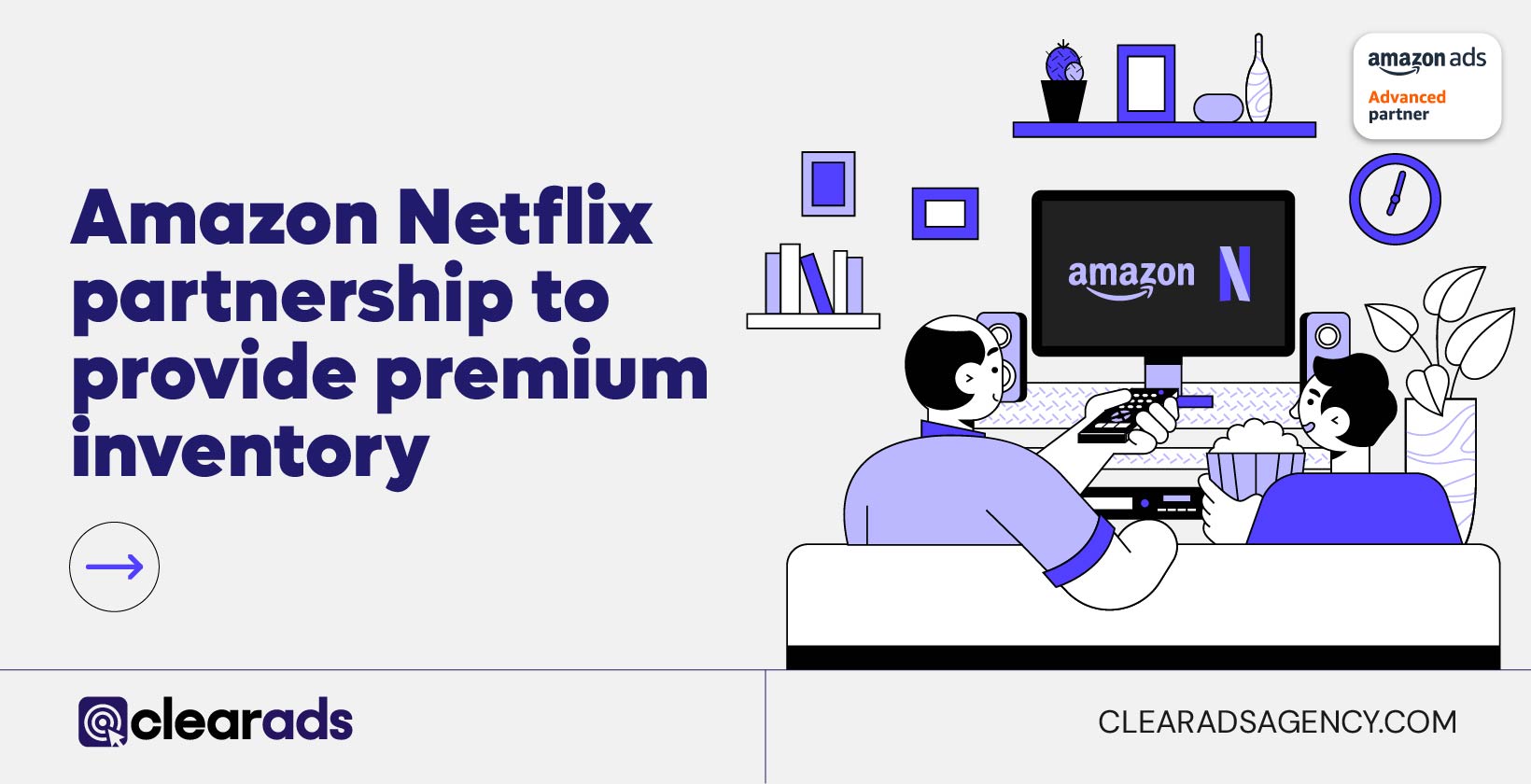What is the Amazon Advertising Conversion Rate?
The Amazon advertising conversion rate (CVR) will tell you how many of the clicks on your ad resulted in a sale.
The rate will vary across different product types as, for example, people looking to buy a big ticket item or one-off purchase are more likely to have a thorough trawl around the market for the item that best meets all of their requirements (including price).
Conversely, shoppers looking, for instance, for vacuum bags will know exactly what they want and make swift choice from what’s on offer.
How is it Calculated?
Amazon’s conversion rate compares the number of clicks from unique individuals to any resulting orders, eg if 200 unique people click on your ad, and 16 of those people then go on to make a purchase, the conversion rate would be 16/200 = 8%.
Hence the conversion rate formula is:
Total Order Items / Total Clicks x 100
Handily, Amazon provides you with this information in your Amazon Sales and Traffic Business Report, where it’s called Order Item Session Percentage (Session = clicks/visits).
The report header extract below will show you what to look for: Amazon divides the Total Order Items, underlined here in blue, by Sessions (clicks from unique customers), underlined in pink, to derive the Order Item Session Percentage (which is your conversion rate) – the final section to the right of Sessions.
You can also get this information in “by ASIN” reports.
Why Do I Need to Know?
The Amazon advertising conversion rate will give you a variety of insights about your product listing, such as:
- How effective your listing is
- How to improve your ranking
- Evaluation of A/B split testing of your listings
What’s the Average Conversion Rate?
Across the world of e-commerce, the average conversion rate is around 2.35%, but for sellers on Amazon the average is an impressive 10-15%, and a mightily impressive 74% for Prime members.
How Can I Use the Conversion Rate?
Your product conversion rate can give you valuable insights into how well your product is faring in the market.
For instance, if you have a very low conversion rate, it might be that you’re getting hundreds of clicks, but few sales, so you might want to consider if you’re targeting too wide an audience.
Another reason might be that your keywords need to be more specific, as wasted clicks can be costly – you need to focus on the right traffic for your offering. You can easily see which listing style works best for your products.
Most importantly, your listings’ conversion rate will be factored into your Amazon ranking so a good conversion rate will improve your ranking too, which will get your listing in front of more potential buyers.
What to Bear in Mind
- The conversion rate will inevitably be lower in crowded markets, where you’re in competition with lots of other quality products, or for major purchases where the buyer is likely to do some serious browsing across the market before making a choice
- Just by being on Amazon, your conversion rate is likely to be far higher than the e-commerce industry average
- Keep an eye on your sales numbers too, if you have a 100% conversion rate that’s based on just a single sale alone won’t grow your business.
Tips to Improve Your Advertising Conversion Rate
- Keywords – make sure that your keywords are really relevant to your product, you also might want to consider negative keyword targeting to exclude fruitless clicks. For instance, if you’re selling tea, you don’t want to be paying for clicks from people searching for tea strainers, as those extra clicks would lower your conversion rate – increased relevance will help your ranking too (as sales indicate that your keywords are relevant)
- Perfect your listing – aim for great images, an engaging title (include what makes it special) and clear, helpful descriptions – don’t forget the basics such as your products dimensions, material etc. If your description exceeds the character limit, maybe annotate a product image to tell the customer more about features, dimensions etc (or just do it anyway to save them scrolling around for more information). Remember that if your images are poor, the viewer is unlikely to read any further.
- FBA – consider joining Fulfilment by Amazon (FBA) – if your products are eligible for Prime, you have the opportunity to improve your conversion rate substantially, as Prime members are far more likely to buy than non-Prime shoppers
- Reviews – build a bank of good reviews, as customers are more likely to click on a product that others rate well – for a new product, if you’re part of the FBA program you might consider using the Amazon Vine Program to get the ball rolling
- A/B Split testing – if you want to try out a revised listing against the original, A/B testing is the best way. “A” will be your original, and “B” the revised version. By running both simultaneously, you can use their individual advertising conversion rates to evaluate which is the more successful. This could allow you to establish if, for instance, a new set of images is more compelling than your old favourites.
- Price – don’t price yourself too high for the market. Especially when your product is in a crowded market, potential buyers will be price sensitive.
How Does Your Conversion Rate Affect Rankings?
Amazon uses its A9 Algorithm to rank products in the market, based on relevancy and popularity. To do this, it takes many factors into account, linked to sales, impressions, click-through rate and the product’s conversion rate.
The conversion rate could contribute around 20% of the value of your product’s overall ranking, so it’s well worth working on your conversion rate, as it will bolster your visibility, increase traffic and to help optimize organic sales for your product too.
The next step, once you have got to know your product’s advertising conversion rate, is to focus on Conversion Rate Optimization (CRO). If you’d like to know more about CRO, you can check out our Ultimate Guide here.


